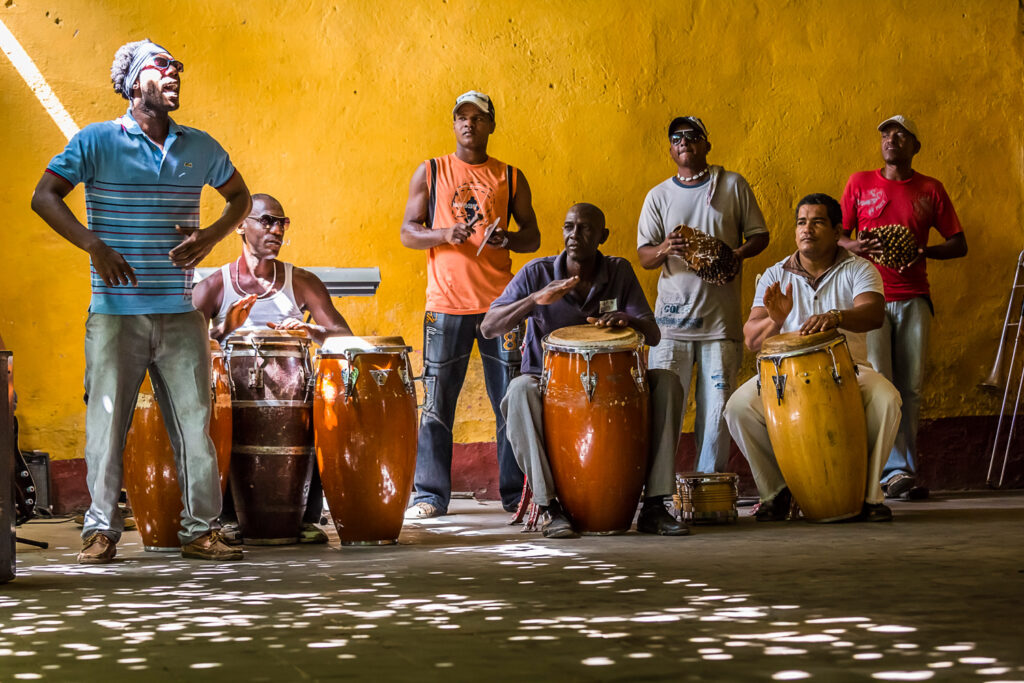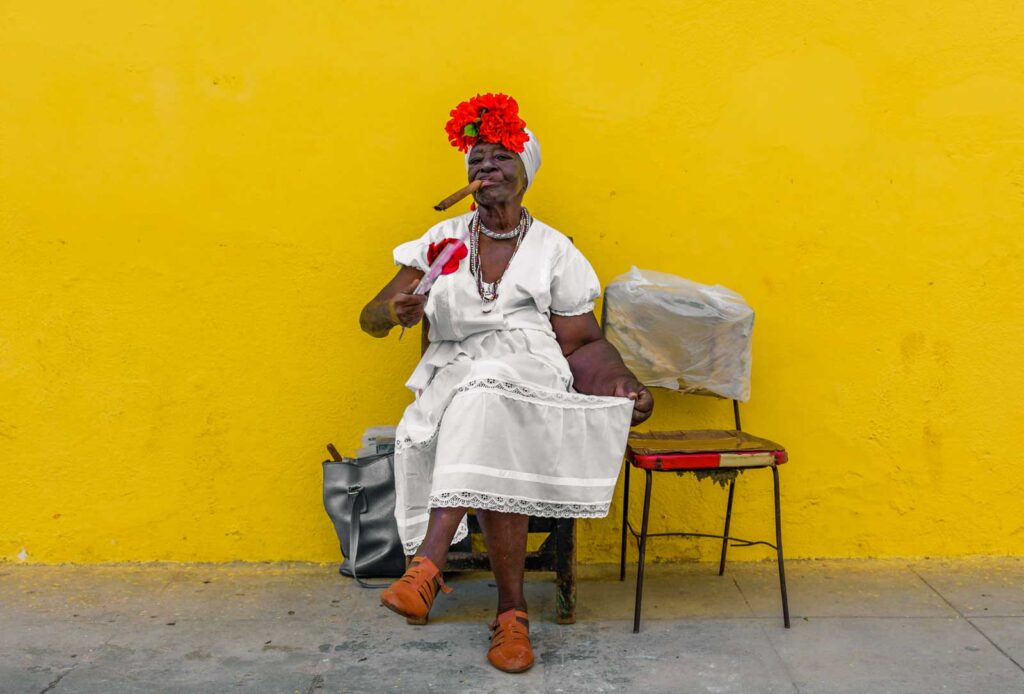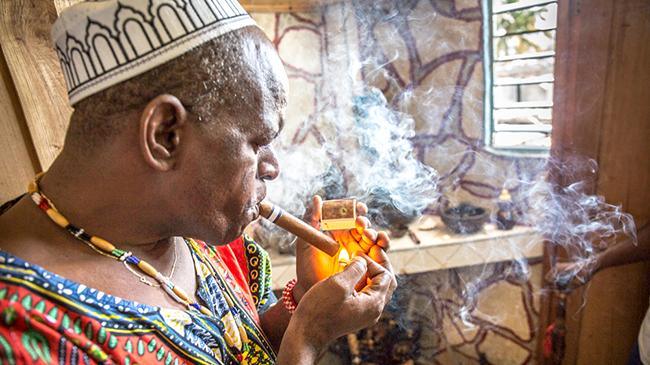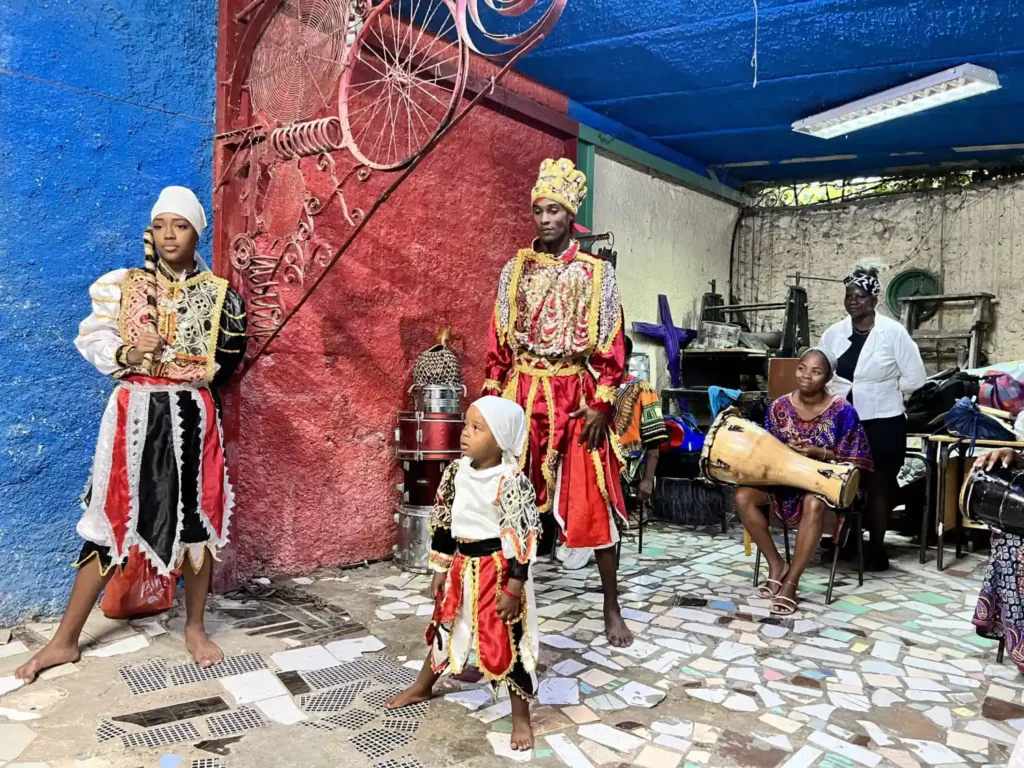
Cuba’s cultural identity is deeply intertwined with the spiritual significance of tobacco, especially in the form of cigars. For centuries, tobacco in Cuban history has been more than a simple commodity; it holds a spiritual depth that goes far beyond physical enjoyment. From the earliest times, communities have used tobacco in sacred rituals, mythology, and healing. This article explores these ancient practices, shedding light on the beliefs that gave tobacco its powerful role in Cuban society.
We’ll approach these themes from historical, anthropological, and sociological perspectives to understand how tobacco became a symbol of spirituality, healing, and cultural identity.
Tobacco in Taino Folklore: A Sacred Connection
For the Taino, Cuba’s indigenous people, tobacco was more than a plant. They believed it had spiritual and medicinal powers. Ethnobotanists have shown that indigenous groups across the Caribbean revered tobacco, considering it a divine gift (Balick & Cox, 1996). For the Taino, tobacco served as a connection to the gods, not just as a plant to smoke.
In Taino religious life, tobacco was essential. During ceremonies, they used it to bridge the earthly and divine realms. The smoke, they believed, carried prayers to the gods, uniting the community and reinforcing their spiritual ties. They often used a ceremonial smoking pipe, known as cohiba, to offer tobacco to the gods. This ritual was not just individual but communal, as Taino people would gather to share the smoke, which strengthened their bond and unified their purpose.


The Mystical Realms of Afro-Cuban Spirituality
With the arrival of enslaved Africans, new spiritual practices enriched Cuban culture. African traditions added deeper meanings to existing Taino rituals, especially through Santería, a syncretic religion combining Yoruba beliefs with elements of Catholicism. In Santería, tobacco became a key element in offerings to Orishas, the deities representing different aspects of life and nature.
Practitioners believe that tobacco smoke serves as a powerful communication tool with the Orishas. Cultural studies reveal that Santería rituals often use tobacco to seek guidance, blessings, or protection from these deities (De La Torre, 2004). Devotees place tobacco offerings on altars along with fruits, candles, and alcohol, as a respectful gesture toward the spiritual world. According to sociologist Mercedes Cros Sandoval, the smoke allows practitioners to reach the Orishas, bridging the gap between material and spiritual worlds.
Afro-Cuban rituals also use tobacco smoke to honor ancestors, known as egun. In ceremonies dedicated to egun, practitioners offer tobacco smoke as a means to seek wisdom or protection. In this way, tobacco serves both as a link to the past and as a protective force, reinforcing Cuban beliefs in the spiritual power of tobacco.


Healing Rituals: Tobacco as Medicine and Cleansing Tool
In Cuban culture, tobacco also plays a role in traditional healing practices. Healers, called curanderos, use tobacco in rituals to cleanse individuals and spaces of negative energies. Ethnographic studies on Caribbean traditional medicine confirm that tobacco smoke is believed to remove harmful forces and restore balance to the environment (Eliade, 1964).
During these rituals, curanderos blow tobacco smoke over people or through spaces to clear away negative energy. This practice, considered both purifying and protective, highlights tobacco’s significance in physical and spiritual health. While some research suggests these practices have a calming, psychosomatic effect, others emphasize their symbolic value as a trusted cultural tool for protection.


The Art of Smoking: A Contemporary Ritual of Reflection
In today’s Cuba, cigar smoking has evolved into a mindful ritual, reflecting ancient practices of meditation and reflection. Although mainstream culture may no longer assign explicit spiritual value to cigars, many Cubans still view smoking as a meaningful act. Each stage of selecting, preparing, and smoking a cigar carries significance, similar to the ritualistic approach of the Taino and Afro-Cuban traditions.
Sociologist Maria Lopez notes that many Cubans find smoking a cigar to be a moment of personal reflection, where heritage and mindfulness converge (Lopez, 2019). For them, smoking remains a ritual of connection and a shared experience that mirrors the community aspects of tobacco rituals from Cuba’s past.
Reviving Ancient Traditions in Modern Celebrations
Recently, there has been renewed interest in the spiritual roots of Cuban tobacco. Cigar lounges, cultural centers, and festivals now celebrate not only the craftsmanship of cigars but also their historical and spiritual meaning. Many events include educational workshops and cultural performances that highlight the deep connections between tobacco, spirituality, and identity.
Anthropologist Santiago Fernández describes this revival as a movement to reconnect with tobacco’s mystical origins, encouraging people to appreciate its role in Cuban culture (Fernández, 2021). Through storytelling, music, and ritual smoking, participants can experience a modern version of ancient practices. These events offer a glimpse into both Taino and Afro-Cuban traditions, reviving the spiritual dimensions of tobacco.
Conclusion
The spiritual origins of tobacco in Cuban culture reveal a lasting connection between spirituality, healing, and community. From the Taino’s sacred rituals to Afro-Cuban practices, tobacco has acted as a bridge to the divine, a tool for health, and a symbol of unity. As people around the world enjoy Cuban cigars, it’s essential to remember the deep heritage that shaped them. By understanding tobacco’s spiritual and cultural layers, we honor not only the art of cigar-making but also the traditions and beliefs that continue to inspire Cuban culture.
In celebrating these ancient practices, we ensure that tobacco’s sacred role endures, allowing future generations to appreciate its significance.
References
- Balick, M. J., & Cox, P. A. (1996). Plants, People, and Culture: The Science of Ethnobotany. Scientific American Library.
- Cros Sandoval, M. (1979). Worldview, the Orichas, and Santeria. University of Florida Press.
- De La Torre, M. (2004). Afro-Cuban Religions. Temple University Press.
- Eliade, M. (1964). Shamanism: Archaic Techniques of Ecstasy. Princeton University Press.
- Fernández, S. (2021). Rituals of the Caribbean: Spiritual Practices and Sacred Spaces. Havana Cultural Institute.
- Lopez, M. (2019). Cuban Tobacco Culture. Havana Publications.
